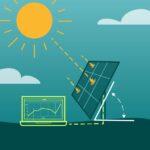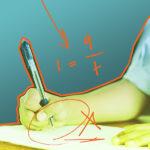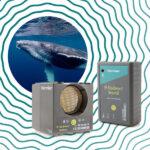
Sharing ideas and inspiration for engagement, inclusion, and excellence in STEM
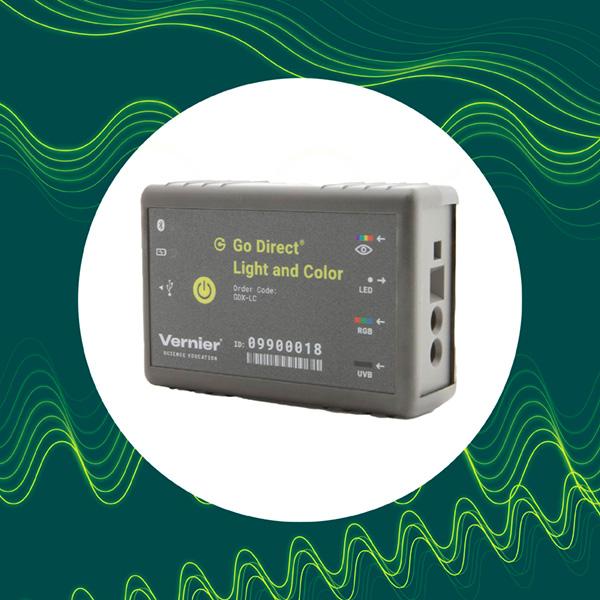
Ever wonder why car headlights look dim from a distance but shine bright up close? Or how your sunglasses can block out glaring light? These are just a few of the real-world phenomena your students can explore with the Go Direct® Light and Color Sensor. Combining multiple sensors to measure light intensity across the visible and ultraviolet parts of the electromagnetic spectrum, this versatile tool can be used in a wide range of science applications. We’re highlighting three hands-on experiments that invite students to investigate real-world phenomena and explore the physics behind light and waves.
1. Light, Brightness, and Distance
Experiment #29 from Physics with Vernier
Level: High School and College
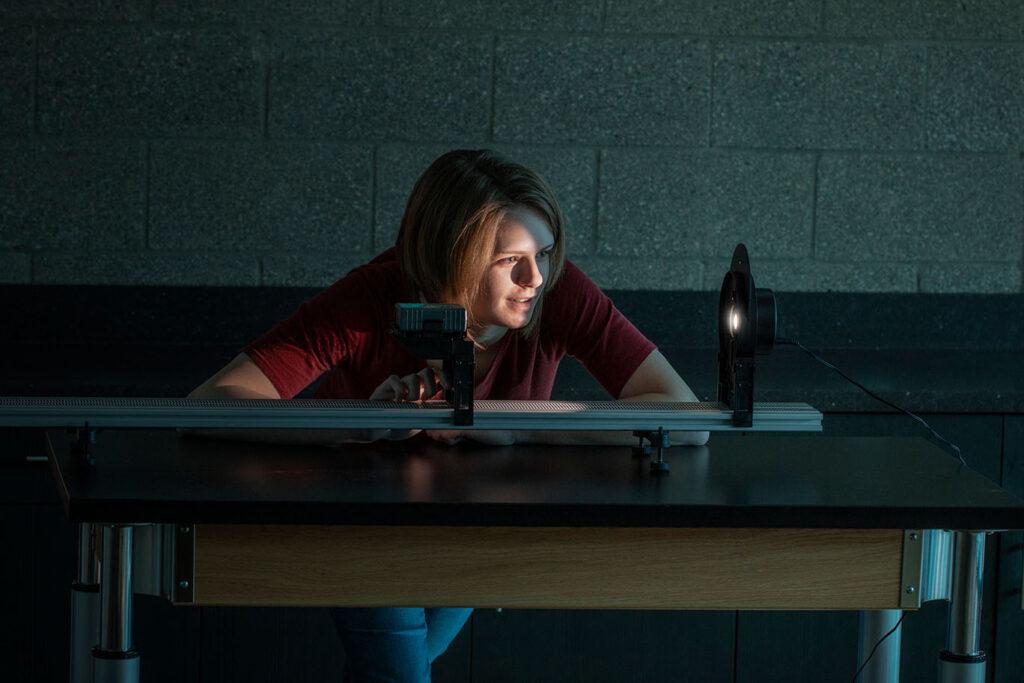
mounted light source.
Have you ever noticed that car headlights appear dim from afar but get brighter as the car gets closer? What’s changing if the driver isn’t adjusting the settings? This experiment helps students explore how and why light intensity changes with distance.
Students start by manually observing how the brightness of light changes as they move farther and farther from a light source. Then, using the Go Direct Light Sensor, they take measurements of light intensity (in lux) as they move the sensor farther from the source on a mounted track setup. This hands-on investigation enables students to see how light spreads out over space and to determine the mathematical relationship between distance and illumination.
By comparing their initial observations with the data, students gain a deeper understanding of how light behaves in everyday settings, from car headlights to light emitted from stars.
Objectives
- Investigate how light intensity varies with distance.
- Compare real-world observations to a mathematical model.
Additional Equipment
- Optics Expansion Kit
- Combination Track/Optics Bench (included in your Dynamics Cart and Track System)
| Science and Engineering Practices | Disciplinary Core Ideas | Crosscutting Concepts |
|---|---|---|
| Analyzing and interpreting data | PS3.A Definitions of Energy | Patterns |
| Using mathematics and computational skill | Cause and Effect | |
| Energy and Matter |
2. Polarization of Light
Experiment #28A from Physics with Vernier
Level: High School and College

Polarized sunglasses are great for reducing glare on bright days, but have you ever tried looking through two pairs at once? When you rotate one pair 90°, the lenses seem to go black. This experiment explores why that happens by investigating the physics behind light polarization.
Students explore how light can be thought of as an electromagnetic wave, where the electric and magnetic fields oscillate perpendicular to the direction of travel. Polarizing filters work by blocking certain orientations of these electric field oscillations. In this experiment, students use two polarizing filters to observe how light intensity changes as they rotate the filters relative to each other, testing Malus’s law in the process.
This investigation helps students understand polarization in everyday technologies, from sunglasses to LCD screens.
Objectives
- Observe the change in light intensity of light passing through crossed polarizing filters.
- Measure the transmission of light through two polarizing filters and compare it to Malus’s law.
Additional Equipment
- Optics Expansion Kit
- Polarizer/Analyzer for Optics Expansion Kit
- Combination Track/Optics Bench (included in your Dynamics Cart and Track System)
| Science and Engineering Practices | Disciplinary Core Ideas | Crosscutting Concepts |
|---|---|---|
| Analyzing and interpreting data | PS4.A Wave Properties | Cause and Effect |
| Using mathematics and computational thinking |
3. Wave Communication Challenge
Experiment #31 from Physics Explorations and Projects
Level: High School and College
How do we convert thoughts into signals that can be transmitted and decoded, like in a phone conversation? In this challenge, students explore the complexity of information technology and design their own wave-based communication method to transmit a message across a room—without using sound waves. For inspiration, you might reference The Martian (2015), where astronaut Mark Watney uses a camera to communicate with NASA.
Students work in teams to create a system that encodes, transmits, and decodes a message using any wave type—such as light, mechanical waves, or water. They’ll test their designs, considering possible errors, and demonstrate their method by transmitting a unique message.
This hands-on activity encourages students to think like engineers and explore how wave-based communication works in real-world technology.
Objectives
- Develop a wave-based communication method.
- Successfully transmit and receive a message using the designed method.
Additional Equipment
- As an open-ended inquiry-based investigation, other sensors or equipment may be added
| Science and Engineering Practices | Disciplinary Core Ideas | Crosscutting Concepts |
|---|---|---|
| Asking questions and defining problems | PS4.A Wave Properties | Patterns |
| Obtaining, evaluating, and communicating information | OPS4.C Information Technology and Instruction | Energy and Matter |
| Constructing explanations and designing solutions |
The Go Direct Light and Color Sensor offers a dynamic way for students to explore essential physics concepts while making real-world connections. From investigating light intensity and polarization to designing innovative wave-based communication systems, these hands-on experiments allow students to engage deeply with the principles of physics and technology.
How will you use the Go Direct Light and Color Sensor to inspire learning in your classroom or lab? Let us know and share with us on social! Questions? Reach out to physics@vernier.com, call 888-837-6437, or drop us a line in the live chat.
Share this Article

Sign up for our newsletter
Stay in the loop! Beyond Measure delivers monthly updates on the latest news, ideas, and STEM resources from Vernier.


